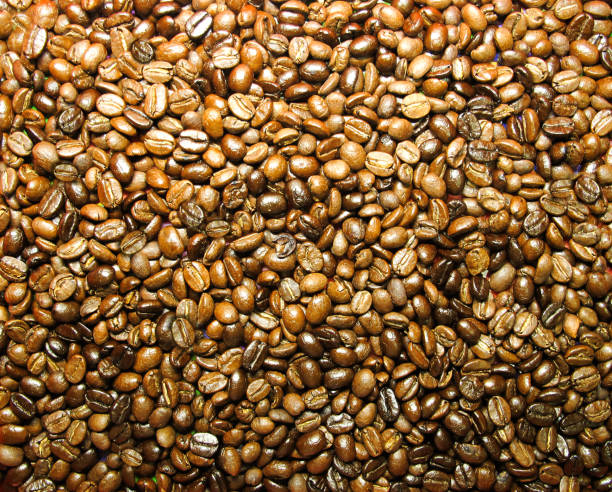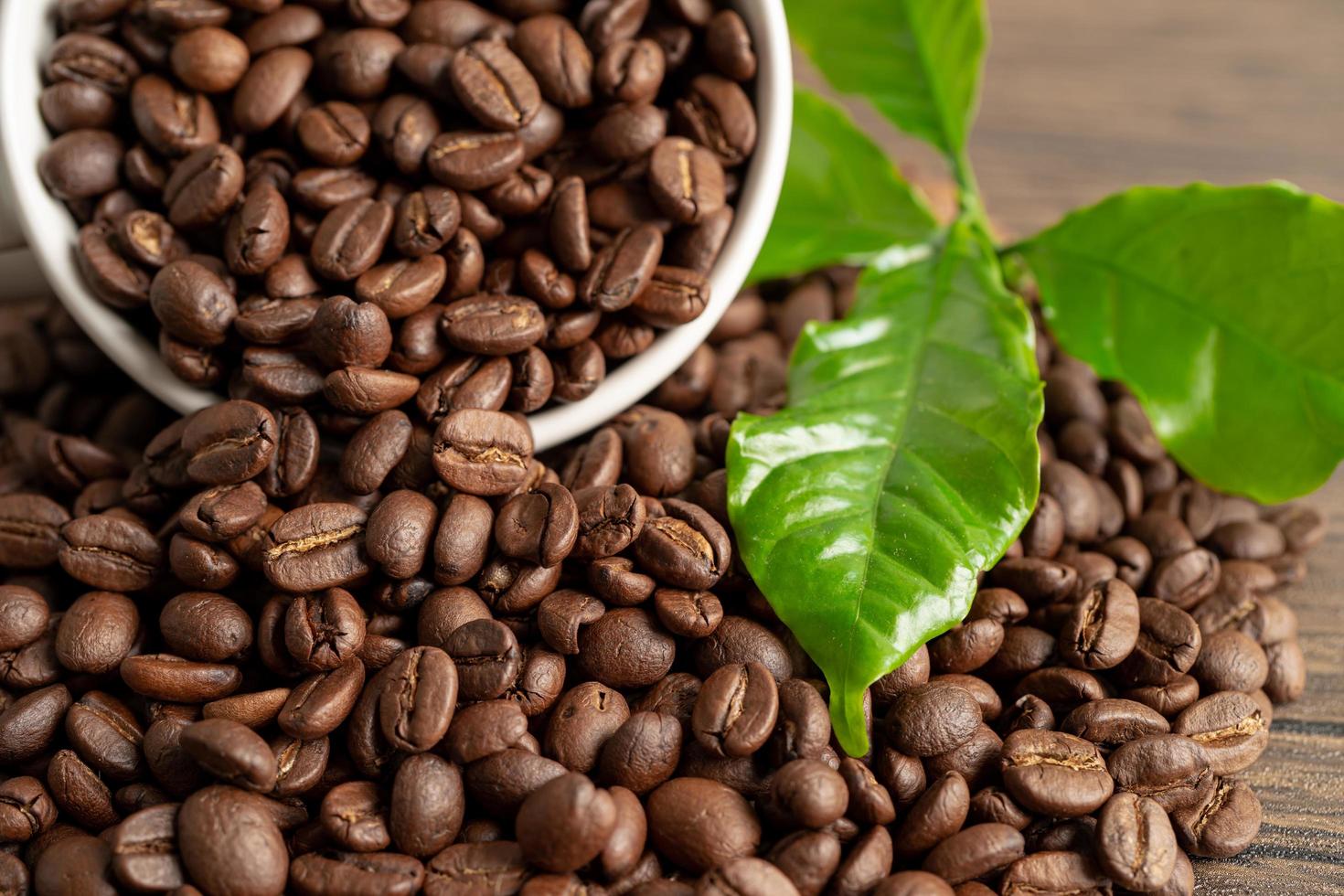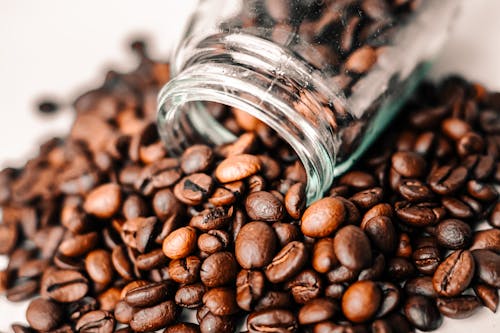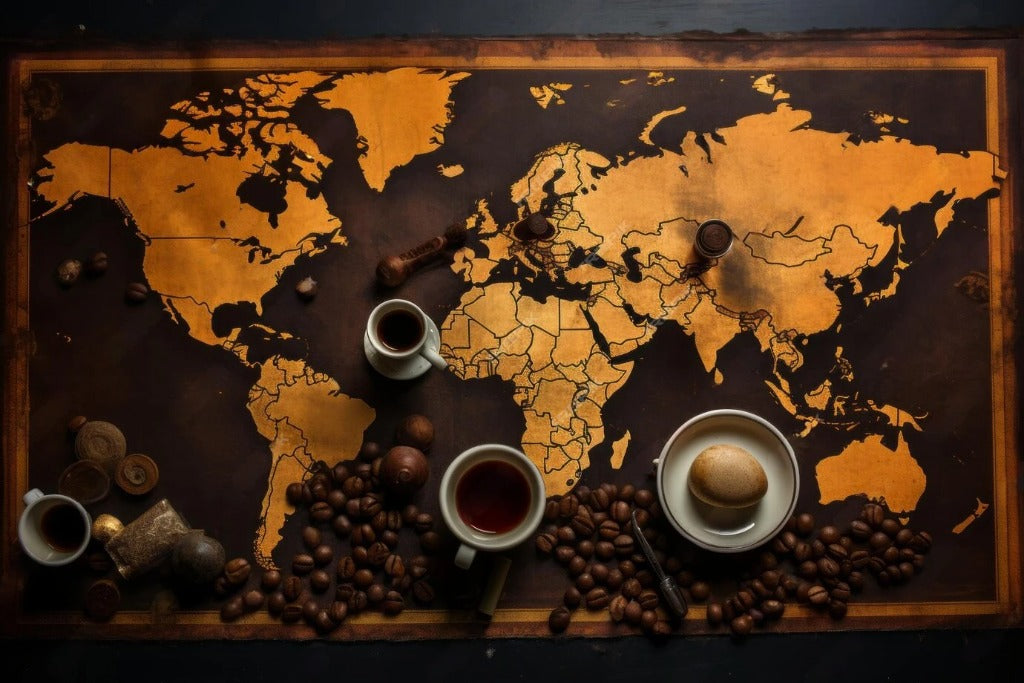
Understanding Coffee Roast Levels: From Light toDark and What Works in India
When we think of coffee, the taste is often the first thing that comes to mind — bold, bitter, smooth,chocolatey, nutty, or fruity. But behind that flavour is a key process that shapes every cup: the roast.Roasting coffee is both an art and a science. It transforms the raw green beans into aromatic brownbeans ready to be brewed. The roast level doesn’t just impact colour — it profoundly changes thearoma, body, acidity, and flavour profile of your coffee.Let’s break down the technical aspects of roast levels, what’s popular around the world, and whatworks best for the Indian palate.
The Three Main Roast Levels

Light Roast
1. Appearance: Light brown, no surface oil
2. Temperature: 195–205°C (385–401°F); usually ends just after the first crack
3. Flavour profile: Bright acidity, floral or fruity notes, high complexity, lighter body
4. Best for: Pour-over, Aeropress, Chemex, manual brews that highlight origin character
5. Roaster’s note: Preserves most of the bean’s origin flavour (terroir), processing nuances, and acidity.

Medium Roast
1. Appearance: Medium brown, dry surface
2. Temperature: 210–220°C (410–428°F), ending after the first crack but before the second
3. Flavour profile: Balanced acidity and body, caramel sweetness, nuttiness, hints of chocolate
4. Best for: Drip machines, French Press, Espresso
5. Roaster’s note: A balanced roast that’s approachable but still allows origin flavours to shine through.

Dark Roast
1. Appearance: Dark brown to nearly black, with oily surface
2. Temperature: 225–230°C (437–446°F), typically well into or past the second crack
3. Flavour profile: Low acidity, fuller body, bitter chocolate, smoky or burnt caramel tones
4. Best for: Moka Pot, South Indian Filter, Espresso
5. Roaster’s note: The roast character dominates. Great for those who prefer a bold, punchy cup.

Global Preferences: What the World Likes
- Scandinavia & Nordic countries: Light roasts reign here. Coffee is brewed slowly using pour-over methods, with a focus on origin, clarity, and fruit-forward profiles.
- North America: Medium to light roasts dominate the specialty coffee market, while traditional diners still serve darker roasts. Third-wave cafés lean light.
- Southern Europe (Italy, Spain, Greece): Strong tradition of dark roasted espresso, often Robusta-heavy. Think thick crema and intense flavour.
- Middle East & Turkey: Coffee is often roasted medium-dark or dark and brewed unfiltered in cezves (ibriks), with sugar and cardamom.
- Southeast Asia (Vietnam, Indonesia): Dark roasts are common, often blended with Robusta. Coffee is brewed strong, sometimes sweetened with condensed milk.

What Works in India?
India is a diverse coffee-drinking nation with deep roots in South Indian filter coffee culture — a tradition that favours medium-dark to dark roasts, often blended with Robusta and chicory for body and intensity. But preferences are evolving:
- Urban specialty coffee drinkers are experimenting with lighter roasts and brewing methods like pour-over and Aeropress, seeking more nuanced flavours.
- The majority still gravitates toward full-bodied, bold, and slightly bitter profiles — especially for milk-based coffee drinks or traditional filters.
- For espresso-based beverages (lattes, cappuccinos), a medium to medium-dark roast works best, balancing strength with sweetness.
Final Sips
There’s no one-size-fits-all when it comes to roast. It’s about finding the balance between what your
taste buds enjoy and how you brew. While light roasts are gaining popularity among connoisseurs
and cafes in metro cities, most Indian coffee drinkers still lean toward the comforting intensity of
medium-dark or dark roasts — especially when milk is involved.
At CO.PHI, we roast thoughtfully — offering everything from expressive medium roasts to robust
filter blends — so that there’s always something that speaks to your coffee philosophy.
Would you like a shorter version of this blog for email or Instagram captions as well?
